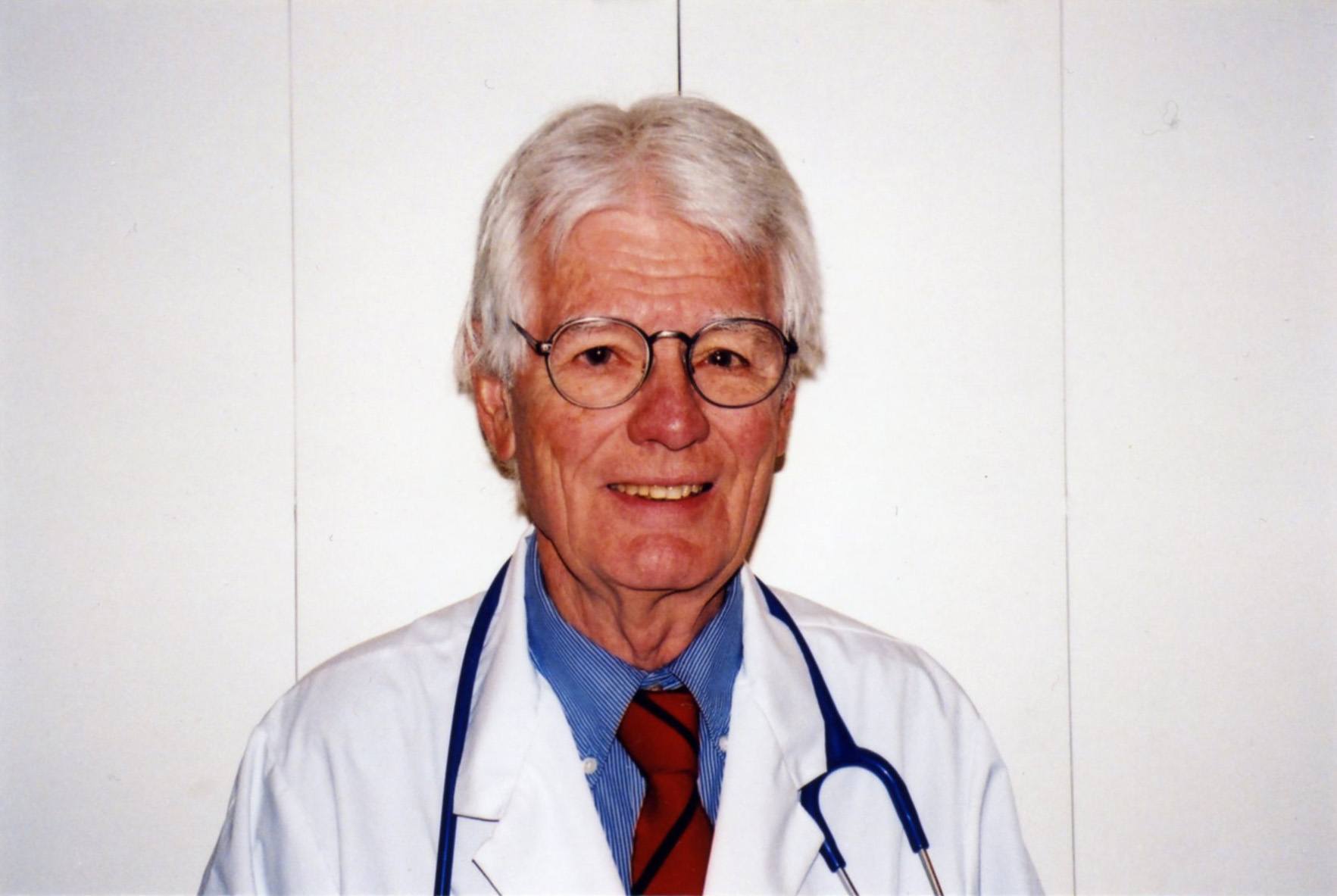Why was it so hard for me to have a good night’s sleep?
It wasn’t the continuing uncertain state of the economy. Rather, every time I rolled over in bed my shoulder reminded me it wasn’t happy. This wouldn’t have happened if I’d been smarter and taken my own advice about prevention. But luckily Low Intensive Laser Therapy (LILT) has save me from surgery a second time.
Several years ago I became involved with trap shooting. I enjoyed the eye-to-hand coordination that’s required, but one day I got careless and shot too many rounds. That’s when the excessive recoil of the gun caused a rotator cuff tear (RCT) in my shoulder. I would have told anyone else to lock up the gun for several weeks to allow healing. But I didn’t do it.
What is the rotator cuff, and why is it so prone to injury? One problem is that the shoulder joint moves in more directions than any other. This requires a complex array of muscles and tendons to connect the humerus (the upper bone of the arm) with the shoulder blade. So placing too much stress or too much repetitive work on the rotator cuff muscles often leads to a tear and painful nights.
Rats can occur at any age and under a variety of circumstances. One of my friends can no longer use an overhand serve in tennis because of this injury. Another friend decided to use his arms rather than a winch to lift supplies onto his boat and is now sleeping poorly. Jobs involving lifting, such as those in the construction business, or hobbies that place undue demand on the shoulders often trigger RCTs. And although this injury can happen at any age, it’s more likely to occur as the rotator cuff ages.
Disability depends on the severity and location of the rotator cuff injury. The main complaint is pain that prohibits certain movements. One of my patients only half joking, said, “I really need a scotch-and-soda before I try to put on my coat.” Reaching over the head, or behind the back, is often impossible due to intense pain. And, if there’s a major tear, muscle weakness follows.
Several years ago I reported that a spinal disk suddenly ruptured in my lumbar spine. It caused a pain from hell that left me crawling on my hands and knees. None of the usual methods of treatment helped to decrease the pain and it appeared that major surgery would be required. This did not appeal to me.
Finally, I located Dr. Fred Kahn, an internationally known pioneer in the use of Low Intensive Laser Therapy (LILT). It’s a non-invasive treatment which relieved the back pain and had me standing up again after 15 treatments.
LILT is also useful in treating patients suffering from degenerative arthritis, neck pain, tendonitis and sport injuries. Fortunately, for me it has also healed my rotator cuff injury and I’m back shooting.
LILT gives a jump start to the healing process by delivering energy to the muscles and joints that is then translated into biochemical energy. This decreases swelling and accelerates healing. It also triggers the release of endorphins, morphine-like substances that inhibit pain sensation. And by increasing cortisol, the forerunner of cortisone, a potent anti-inflammatory effect is activated and also an increase in the formation of new blood vessels.
It’s unfortunate that, although LILT speeds up the healing of diabetic ulcers, it’s not being utilized by physicians. This could save thousands of dollars in treating this chronic condition.
Next time, I’ll take my own advice that prevention is better than cure, and temporarily put the gun aside. I don’t plan on pushing my luck a third time. The same advice applies to those who have jobs or sporting activities that require repetitive shoulder motions. If it starts hurting, it’s time for a rest.
Low Intensive Laser Therapy is available at many chiropractic and other health clinics in this country. If you have trouble locating one in your area call Dr. Kahn’s Clinic 1-416-251-1055 for a clinic close to you.
See www.docgiff.com for medical tip of the day. For comments info@docgiff.com.



